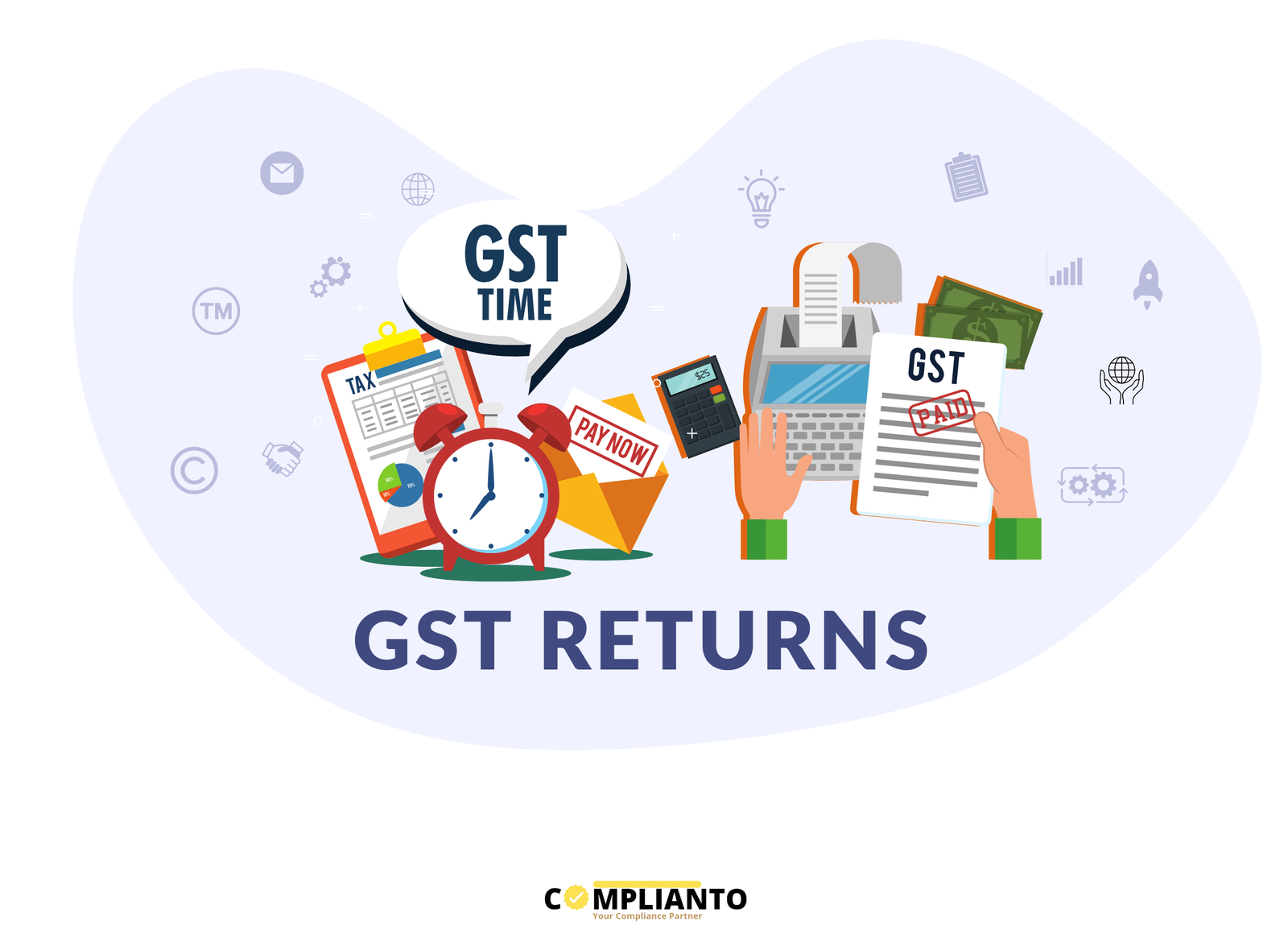Form GSTR-2A is a system-generated (auto-populated) return reflecting inward supplies (purchase-related transactions).
Form GSTR-2A gets auto-generated based on the details/ information furnished by supplier/ seller/ counterparty vide following returns-
- Form GSTR-1 – return to be filed by a normal registered person.
- Form GSTR-5 – return to be filed by a non-resident.
- Form GSTR-6 – return to be filed by an input service distributor.
- Form GSTR-7 – return to be filed by tax deductor.
- Form GSTR-8 – return to be filed by an e-commerce operator liable to collect the tax.
Form GSTR-2B-
- Form GSTR-2B is a system-generated (auto-populated) statement reflecting input tax credit details.
- The statement gets auto-generated on the 12th of the succeeding month.
- The details, in Form GSTR-2B, are auto-populated on the basis of the following returns furnished by the suppliers/ seller-
- Form GSTR-1;
- Form GSTR-5;
- Form GSTR-6; and
- Import data as received from ICEGATE.
Even though both the Form GSTR-2A and GSTR-2B reflects similar details, both the forms are different in various ways. The difference between both the forms is summarized hereunder-
Type of statement-
Form GSTR-2A is a form of a dynamic statement. The details of inward supplies vis-à-vis input tax credit will be updated on a continuous basis.
On the other hand, Form GSTR-2B is a form of a static statement. The details will be updated on a constant basis.
The basis for reflection of details-
In the case of Form GSTR-2A, the details of the inward supplies will be reflected in the statement on a real-time basis.
In order words, the details will be updated as and when the supplier furnishes the details of outward supplies either in Form GSTR-1 or via using Invoice Furnishing Facility (i.e. IFF).
For example, the registered person while filing Form GSTR-1 for the month of January 2021 has failed to declare some supplies. The missed supplies were reflected by the registered person while filing Form GSTR-1 for the month of February 2021. Correspondingly, the details of such missed supplies will be reflected in Form GSTR-2A in the month of February 2021.
However, in the case of Form GSTR-2B, the details of inward supplies will be reflected in a static manner. It will reflect the details of outward supplies reflected by the supplier between two due dates of either Form GSTR-1 or Invoice Furnishing Facility.
For example, suppose the registered person furnishes the details of outward supplies for the month of January 2021 after the due date. In such a case, the corresponding details of inward supplies and the input tax credit will not be reflected in Form GSTR-2B in the month of January 2021.














